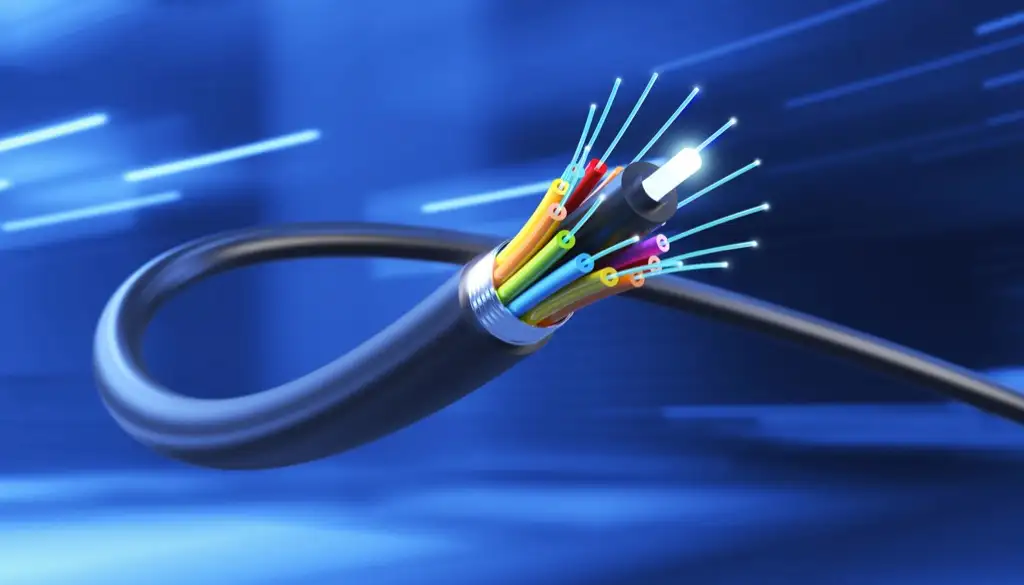The Future of Connectivity
Fiber optic networks have revolutionized the way we communicate, work, and entertain. With their incredible speed, reliability, and bandwidth capabilities, they have become the gold standard for internet connectivity. Let’s explore what makes fiber networks so special and why they are the future of telecommunications.
What is a Fiber Network?
A fiber network is a communication system that uses thin, flexible strands of glass or plastic called optical fibers to transmit data. These fibers carry light signals, allowing for incredibly fast and efficient data transmission. Unlike traditional copper-based networks, fiber optics are not susceptible to interference or degradation over long distances.
Key Advantages of Fiber Networks
- Speed: Fiber networks offer unparalleled speed compared to other technologies. This is because they can transmit data at much higher frequencies than copper-based networks. This means faster downloads, uploads, and overall internet performance.
- Reliability: Fiber networks are highly reliable and less prone to outages. The optical fibers used in these networks are durable and can withstand harsh environmental conditions. Additionally, fiber optics are less susceptible to interference from electromagnetic sources, ensuring a stable and consistent connection.
- Bandwidth: Fiber optics can handle massive amounts of data, making them ideal for applications that require high bandwidth, such as video streaming, online gaming, and cloud computing. This future-proofs your network and ensures that it can keep up with the ever-increasing demands of modern technology.
- Security: Fiber optics are more secure than copper-based networks. The optical signals transmitted over fiber are difficult to intercept or tap, making it harder for hackers to gain unauthorized access to your data.
- Long Distances: Fiber optics can transmit data over long distances without significant signal loss. This makes them ideal for connecting remote areas and providing high-speed internet access to underserved communities.
Types of Fiber Networks
- Fiber-to-the-Home (FTTH): This is the most common type of fiber optics, where fiber optic cables are directly connected to individual homes or businesses. FTTH provides the highest level of performance and reliability.
- Fiber-to-the-Building (FTTB): In this configuration, fiber optic cables are connected to a building, and then copper cables are used to connect individual units within the building. FTTB offers good performance but may not be as fast or reliable as FTTH.
- Fiber-to-the-Curb (FTTC): This involves connecting fiber optic cables to a central point near the curb, and then using copper cables to connect to individual homes or businesses. FTTC is a more cost-effective option but may not provide the same level of performance as FTTH or FTTB.
The Future of Fiber Networks
As technology continues to advance, fiber optics will play an even more critical role in our daily lives. They will enable new and innovative applications, such as virtual reality, augmented reality, and autonomous vehicles. Additionally, fiber optic networks will be essential for building smart cities and creating a more connected and sustainable world.
Conclusion
Fiber optics are the future of connectivity. Their speed, reliability, bandwidth, and security make them the ideal choice for both residential and commercial use. As more and more areas transition to fiber, we can expect to see a significant improvement in internet performance and a wider range of digital services.

Leave a Reply